Leading psychologists and teachers have long approved the most useful and interesting drawing techniques for children. They are sure that such creative activities affect not only the acquisition of artistic skills, the development of fantasy, but also stabilize the child's nervous system, positively affecting his psychological development.
Among the most popular drawing techniques for preschoolers and primary school students, experts highlight:
- Frottage;
- Air paints;
- Marbled paper;
- Soap painting;
- Blotography (splash painting);
- Drawing on a wet surface;
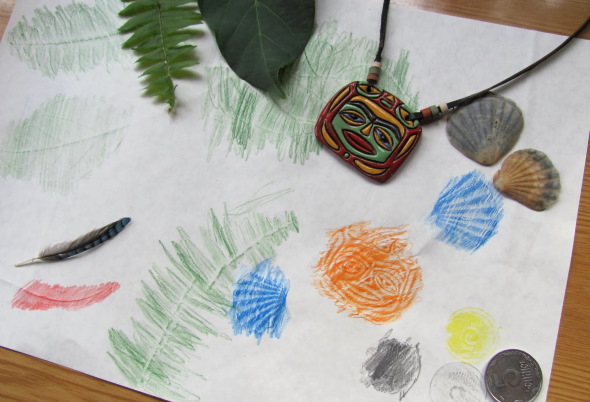

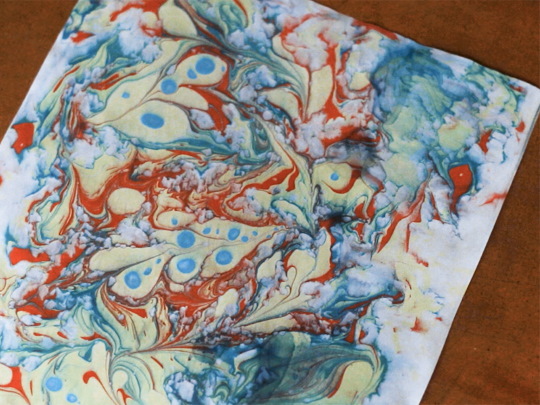

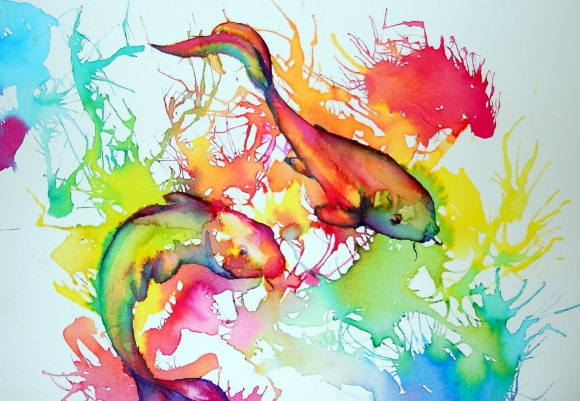
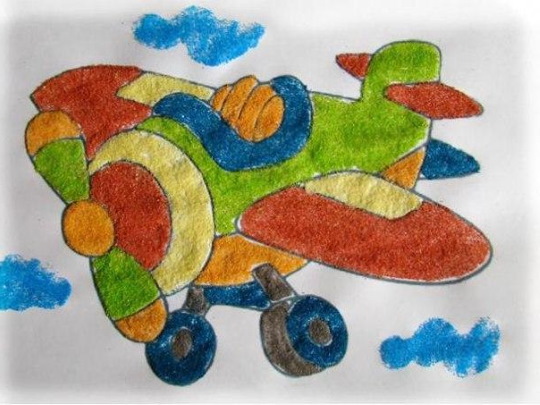
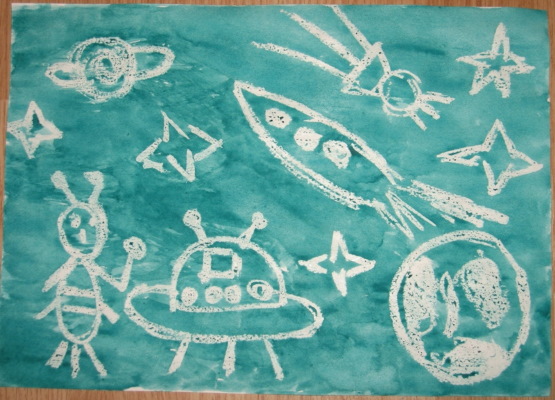

- A bunch of pencils;
- Crayons and starch;
- Multicolored glue;
- Salt painting;
- Wax painting;
- Foam rubber or sponge;
- Drawing with cotton swabs;
- Drawing with handprints, fingers, palms, feet;
- Drawing with balls.
The Benefits of Creativity for Child Development
Drawing lessons are a mandatory element of all-round development for children aged 6-7-8 years.
In particular, they provide:
- Stimulation of fine motor skills, which facilitates the preparation of the hand for writing in preschoolers.
- Development of the right hemisphere, and with it imagination, creativity, and creative thinking.
- Conscious perception of real objects, deep knowledge of their properties.
- Education of aesthetic feelings.
- Mastering relaxation techniques, since creativity in any form is considered a powerful meditative tool.
- It works like art therapy: creativity allows you to express your personal opinion through a specific or abstract plot, but also to release emotions and reduce fears and anxiety.
- A useful pastime that can later develop into a stable hobby.
- Improving communication and collaboration skills when working in a group.
How to get a child interested in drawing
Encouraging a child to engage in creativity and maintaining his interest is the main task of a parent or teacher. Often children refuse to even try to draw or, having just picked up a brush, quickly switch their attention to something else, and eventually give up the activity.
To interest a child, you need to:
- suggest a topic that is relevant to him, for example, pets, superheroes or characters from his favorite cartoons.
- experiment with materials: watercolors, finger paints, pastels, light painting. Some children may not like holding a brush, but they are happy to use their own palms for art, while others, on the contrary, will prefer a pencil, since the structure of paints is unpleasant for them.
- You need to watch the child, maybe he himself will tell you what he is interested in in painting. Once the initiative is shown, it is necessary to support it.
- The most important thing is to demonstrate a personal example. A child will be more actively involved in any process if an adult regularly studies and offers to study together.
Organization of the workspace, course of the lesson
Training should be conducted at a table or easel. There should be no unnecessary, distracting objects in the workplace, only the materials needed for the current lesson. The surrounding space can be closed from possible exposure to paints by laying down a film.
You should be located in a lighted part of the room, turn on the light if necessary. It is also necessary to protect the room from possible influence of extraneous phenomena or sound.

Drawing lessons for children aged 6-7-8 years begin with the preparation of tools, which the child is introduced to. It is useful to inform the child about the topic of the lesson and briefly explain what will happen.
The creative process depends on the level of children's skills. So, if children are not very familiar with this art and have not drawn before, the first thing an adult does is break down the artistic image into elementary figures.
You can start drawing either from the background or from the main object, gradually painting over the remaining areas. The lesson ends with cleaning the workspace. The finished painting can be hung on the wall or put in a frame.
A reminder of the main materials, suitable tools and their specifics is given in the table.
| Material | Mandatory accessories | Material capabilities, technical features |
| Colored pencils | Plain paper, eraser (kneaded eraser) | One of the most accessible materials, it allows you to both practice basic skills and depict realistic objects. |
| Pastel (pastel pencils) | Pastel paper, napkins, kneaded paper | Similar to colored pencils, but allows for better shading of work. |
| Gouache | Plain paper, a set of brushes of different sizes and textures, a palette | Budget paints, suitable for beginner artists. |
| Acrylic | Thick paper, brushes: synthetic and bristle, palette knife, palette, tablet | Creates vivid, detailed images, adheres well to paper and allows for multiple layers. |
| Watercolor and Watercolor Markers | Watercolor paper, soft brushes, napkins, palette, liner, tablet | The ability to paint aerial pictures and abstractions, using an unusual wet-on-wet technique. |
| Oil | Canvas, set of synthetic brushes, palette knife, palette | A complex and expensive material, used by professional craftsmen. |
Principles of drawing with children aged 6-8 years
Drawing lessons for children aged 6-7-8 years should be interesting and bring visible benefits.
Therefore, to obtain results, it is necessary to adhere to a number of rules:
- For creativity, you need to set aside a corner where the child can retire and take the necessary materials for the activity.
- Drawing should be done in stages - from simple to complex, or from general to specific.
- If it is difficult for a child to come up with a plot on their own, you can give them a specific topic.
- It is advisable to continue the lesson until all the work is ready. You can take short breaks. If the child becomes tired, do not force him to continue drawing.
- Classes should be diversified with new instruments and non-standard techniques.
- You need to sit down to draw in a good mood. The preschooler should be alert and focused.
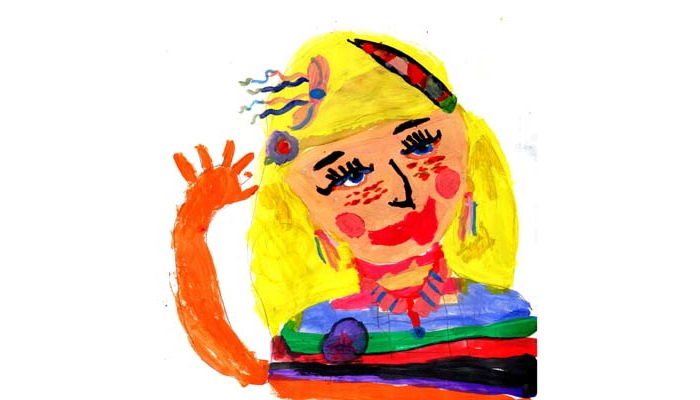
- It is important to remember: it cannot be wrong. The child has his own vision of the object or landscape, in this regard, creativity allows for greater freedom of expression. At the end of the lesson, it is necessary to reward efforts.
Drawing with pencils with children 6-7-8 years old
Drawing techniques
Pencil Drawing Styles:
- Contour drawing – an image of the appearance of an object or character.
- Adding Volume – drawing details, working with light and shadows.
- Hatching: involves making short straight lines. The length, density, and direction of the stroke depend on the author's idea.
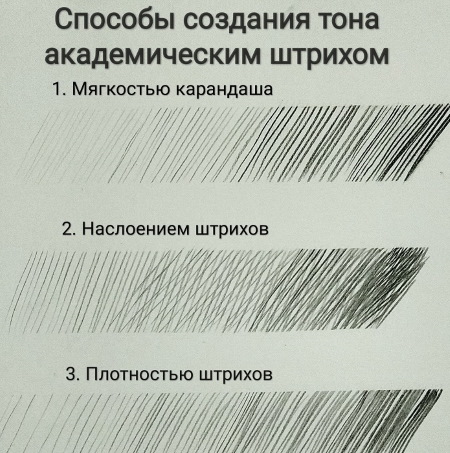
- Shading, or rubbing, the main lines in whole or in part. The borders become less noticeable, the whole image is softened. The technique is used to convey the realism of the picture.
Drawing ideas and themes
List (approximate) of ideas and topics:
- Pet (kitten or dog): 2 large ovals – body and head, 4 smaller ones – paws. Long ears and a tail are added. The muzzle has a mouth, eyes, nose, and whiskers. A dog may also have a bone, a cat – a bowl of milk. The animal is colored using hatching or shading.
- Kindergarten (school): ask them to draw their friends, choosing a different color of pencil and shading for each.
- Bright abstraction: attach several pencils together with an elastic band and draw patterns in this way.
- Drawing on tinted paper: paint the paper with watercolors in the chosen color, draw on top with colored crayons or pencils.

So, you can depict a field of dandelions on a dark green or blue sheet. To get a flower, you need to draw a circle and many short strokes from it; complement it with a long stem and elongated leaves.
Master class 1
Colored Pencil Drawing of “Northern Lights” – Materials:
- Colored or pastel pencils.
- Plain white (or pastel) paper.
- Paper napkins.
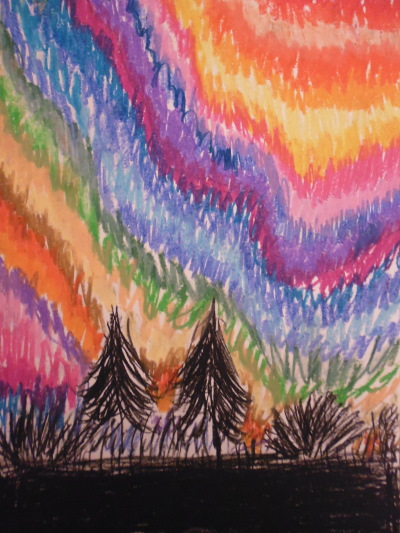
Stages of work:
- Place the sheet vertically.
- The lower part, approximately 4-5 cm, is the ground. It is painted in any form, black or dark green.
- The northern lights are winding lines that go from one edge of the sheet to the other. The sections are about 1 cm wide, they are hatched with straight lines. Four or more shades are used for the lights, the colors can mix and overlap each other.
- The entire space down to the dark bottom is painted with similar elements.
- Finally, you need to draw trees and bushes in black (dark green). For fir trees, first draw a vertical axis - a trunk, from which straight or slightly rounded lines extend to the right and left. Bushes look like dashes coming out of one area in different directions.
Master class 2
Creative work “Cat with a ball”, drawing with pastel pencils.

Preparation of tools:
- Pastel pencils.
- Pastel paper.
- Napkins.
- Nag.
Workflow:
- The paper is placed vertically. The work is done with pastels, as they allow for better shading, but it is acceptable to use soft colored pencils.
- The cat's body is an oval that takes up about 2/3 of the sheet. You can draw it right away with yellow pastel without a simple pencil sketch. The paws extend from the body - 2 more elongated ovals.
- The head is a circle, located on the body, approximately in the center of the sheet. There are triangular ears on the head, in which 2 smaller triangles are depicted as the inner part of the ears.
- At the bottom of the sheet there is a pink ball of thread in a round shape.
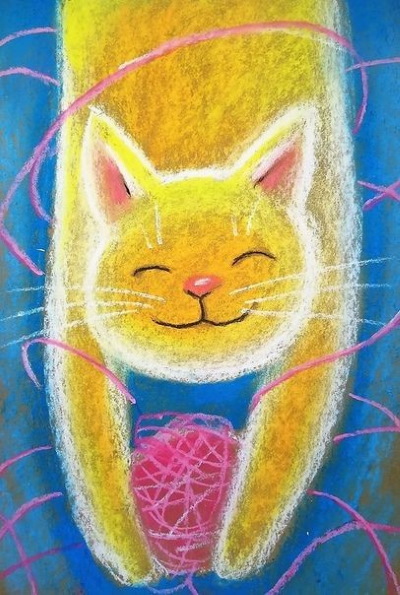
- First, the background is painted. Light blue, blue and a little black on the edges of the paper are used. Shading can be done with napkins or fingers.
- The cat's body, paws, muzzle and upper part of the ears are painted completely yellow. In the central part of the head, as well as on the paws and body, you can add a little dark yellow to create volume. The contours are outlined in white.
- Muzzle: the nose is drawn pink with a white spot in the middle, for the eyes and mouth you need to draw curved lines in black. The cat also has light eyebrows and long straight whiskers. The inner parts of the ears are painted with pink and white pastel. The borders of the colors are ground.
- The ball is painted pink in combination with purple, individual threads are drawn in pink and white. Also, the threads lie in semicircles around the cat and encircle its body and paws.
Painting with paints with children 6-7-8 years old
Drawing techniques
Methods of working with gouache and acrylic:
- “Dry brush”: take a small amount of paint on the tool and make light movements on the painting. This way the colors are muted, creating the effect of old paintings.

- "Soaking" and "poking". Grass and plants, animal fur, highlights of light – all can be created by applying perpendicular pressure with a brush onto paper.
- "Liquid acrylic" – is a mixture of acrylic paint with glue and silicone. Due to its structure, it allows it to spread across the canvas in different directions, creating surreal patterns.
- Right-brain drawing type – painting in an intuitive manner without preliminary drawing of details.
- Using stencils. These can be figures cut out of cardboard, which are transferred to paper and then painted.
- Prints – creating a design using stamps, rollers, hands, natural elements, such as dry leaves.
- Drawing with thread: dipping a thread into paint and randomly moving it across the paper.
Examples of watercolor techniques that are suitable for teaching drawing lessons to children aged 6-7-8:
- Wet: multi-colored spots are placed on a sheet moistened with water, an airy, delicate picture is obtained. It can serve as a background, and other layers can be applied on top to clarify the elements.
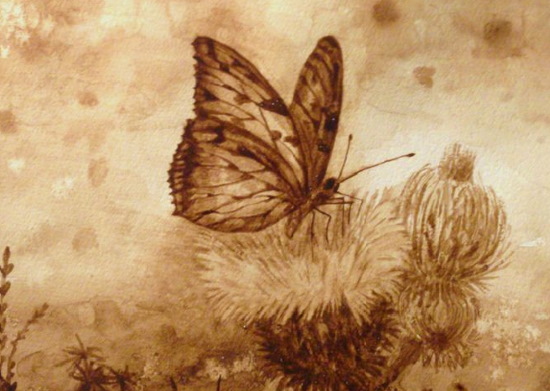
- Watercolor stains – filling the image with abstract color spots.
- Grisaille – a style done in black and white or simply in a single color.
- Blowing: Air is directed through a tube onto a large spot of watercolor paint, which causes it to stretch into fancy shapes. This way you can make the sun and grass, a flower, a balloon, or sea creatures.
Drawing ideas and themes
List of ideas:
- Autumn in Afremov's style: by applying the bristly surface of the brush to create multi-colored leaves all over the image. After drying, finish painting the path and trees along it in dark colors. Gouache or acrylic and a medium brush with a semicircular or square cut are suitable for this work.
- Fantasy Blue Forest: make the craft in only one color, varying its saturation. If it is a winter landscape, you can create splashes of white paint on top using the tapping method, which will look like falling snow.
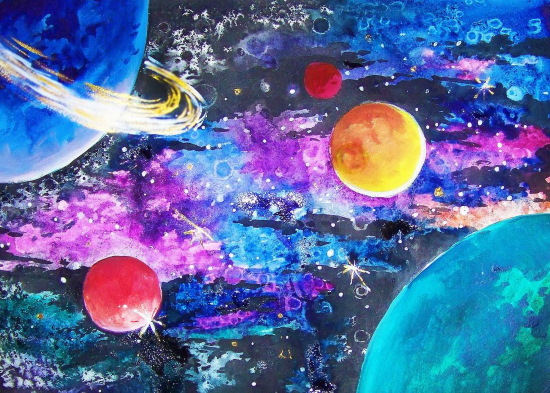
- Space: paint a large sheet of paper with a purple hue and put yellow dots (stars) around the entire perimeter. Then cut out circles of the desired size from cardboard (planets) and paint them with wet-on-wet watercolors. The child can experiment with the color of celestial bodies or rely on their appearance as presented in books.
- Bouquet of palms: draw a vase of any shape. Then paint the child's palm with gouache and put it on the paper, do this several times. Finish drawing the branches and greenery.
- Fruit still life: draw a semi-circular plate; use a large foam brush to stamp the shape of apples on the paper, and use a small brush to make a bunch of grapes in the same way.
Master class 1
Drawing lessons for children aged 6-7-8 years in the direction of right-hemisphere techniques, exercise “Seascape”.
Tools required:
- A set of gouache and whitewash.
- A sheet of white paper.
- Synthetic brushes: medium #7 and small #3.
- Container with water.
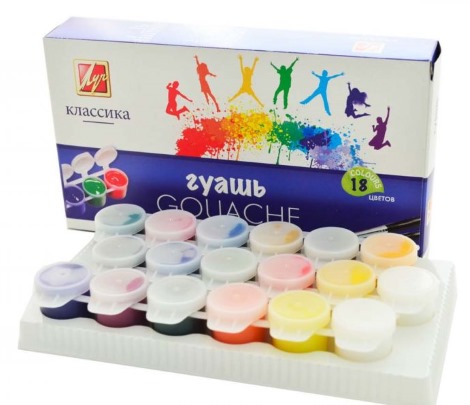
Progress of work:
- The sheet is placed horizontally and divided into 3 approximately equal parts: the upper third will be the sky, the rest will be water.
- In the sky area, a few drops of white and blue paint should be placed on the sheet, then spread over the entire upper space. The sky should dry before the next step.
- Clouds: white gouache is applied to a round brush or fingertip, and the paint is smeared over a specific area using circular motions. The number of clouds is optional, they can be of different sizes and shapes.
- The sea is made similarly to the sky. Only when creating it, in addition to white and blue paint, blue and a little green (turquoise) are taken. Several drops are placed on the sheet, they are mixed with horizontal masks.
- In the left corner there will be an island with a tree. The first layer of earth is black, on top of that ochre and greenery are added using the poking method. It is convenient to paint the island with a brush with bristles.
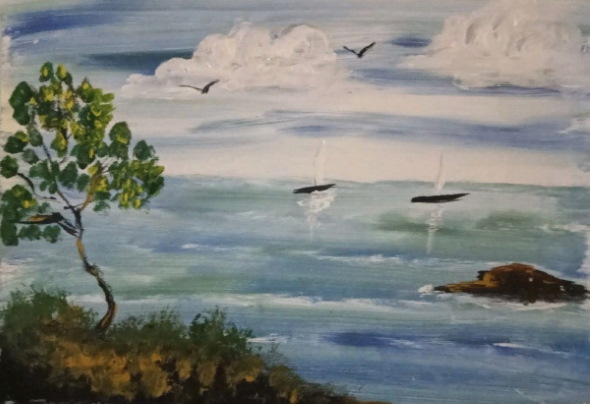
- The tree consists of a trunk and thin branches. First they are drawn with black gouache - shadow areas, ochre is applied to it in some places, imitating light. The leaves are mainly green, here and there they are complemented with yellow.
- There is also a piece of land in the sea - an elongated, uneven oval of black color combined with ocher.
- Boats: dark boat and light sails. The bottom is a thick horizontal line, and the sails can be drawn as elongated semicircles. These elements are created with a thinner brush. A shadow falling on the water is visible from the boats, it is depicted with white and looks like a narrowing zigzag.
- The picture ends with an image of two flying birds: they are drawn in the form of check marks.
Master class 2
Drawing lessons for children 6-7-8 years old with watercolors, “Flowers in a Vase”.
What you need for work:
- Watercolor.
- Watercolor thick paper.
- Tablet.
- Brushes: large #30, medium (e.g. #6 or #7) and small (#1-2).
- Water in a glass.
- Palette.
- Paper napkins.
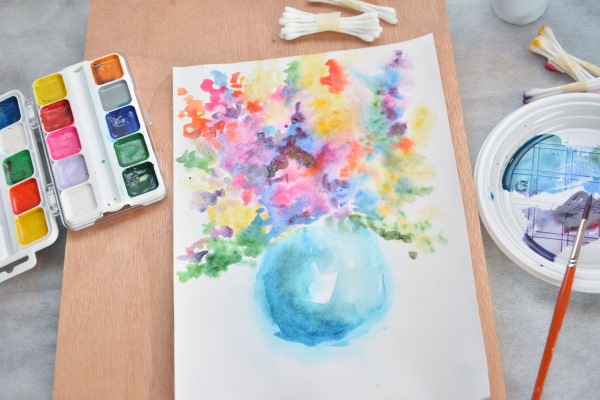
Progress of work:
- The paper lies vertically in front of the child, for convenience it is fixed on a special tablet or glued with tape to a flat surface. With a wide brush the entire paper surface is moistened with clean water; while the sheet is wet, it is necessary to draw the main details.
- The vase is depicted as a circle or oval in blue watercolor. A shadow is created on the left side of the vase: the blue color must be drawn up and down several times, the center remains white as the most illuminated place.
- Flowers. First, you need to make a tone fill. To do this, take pink watercolor, diluted with a large amount of water, put large spots in different places with a round brush. Yellow, purple and green shades appear in the same way.
- Detailing the flowers. Using a small brush, dots of red, orange, blue and deep purple are applied over the first abstract layer. The flowers extend from the vase and can go up and to the side.
- There is a shadow falling next to the vase on the left, it can be made a pale lilac. The same paint is used to depict the table on which the vase stands with horizontal strokes.
Recommendations from psychologists and teachers
Experts recommend following these tips when drawing with children:
- The time for the drawing lesson should be clearly defined. The child should understand when and what is required of him.

- It is useful to create a training program and gradually supplement and complicate it.
- The chosen topics for creativity should be within the child’s sphere of interests.
- There is no need to do it for the child or insistently tell him how it should be done. Explain the topic, show an example of an image or creative technique - the child tries to do the rest himself, as best he can.
- The process may require maintaining interest on the part of the parent by commenting on the work and asking leading questions about the plot and characters.
- Often music is turned on to create an atmosphere: classical or a calm, relaxing melody without words.
Drawing lessons for children should be oriented towards the age of the child 6-7-8 years old and his development zone. Closer to school and in elementary grades, children are already able to hold attention for a long time, but you should not offer to make a too complex picture or more than 2 drawings at a time.
With the right approach, attentive attitude and patience, you can instill in your child the desire to develop through such a fascinating and multifaceted activity as drawing.
And if a little person has not only desire, but also at least a little talent, such an activity will not only help develop most creative skills, but can also develop into an artistic profession in adulthood.
Video about drawing
Drawing lessons for children 6-7-8 years old - winter landscape in watercolor:
